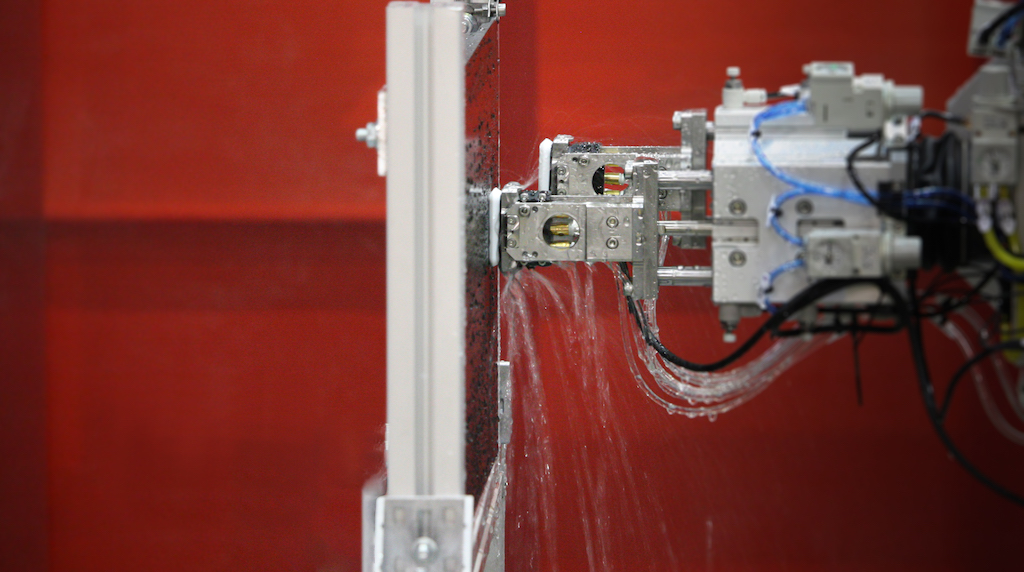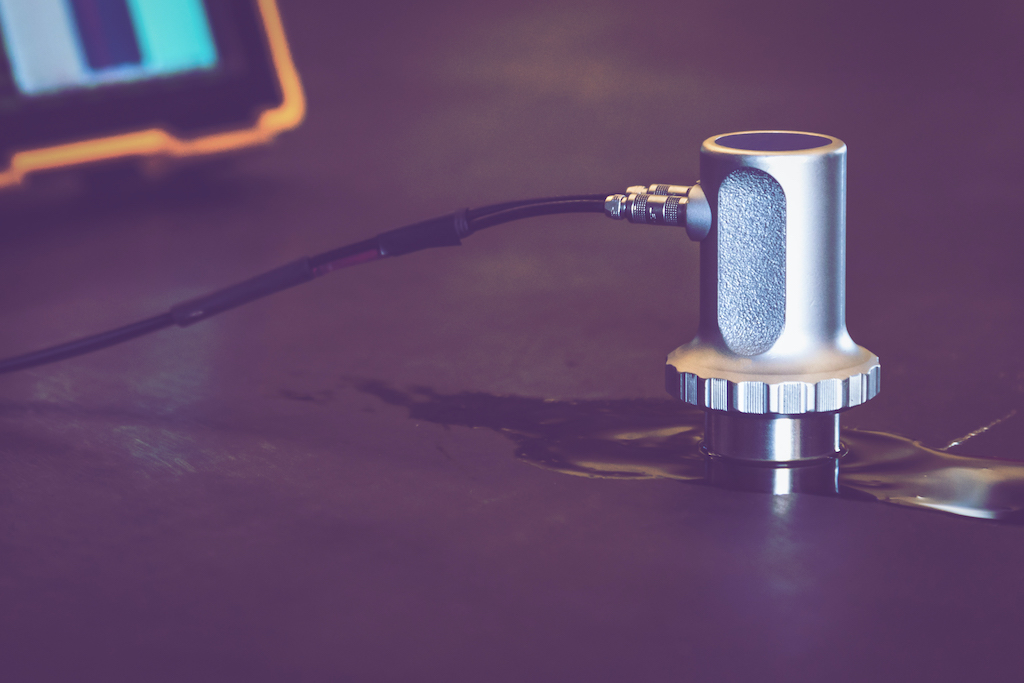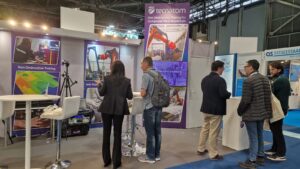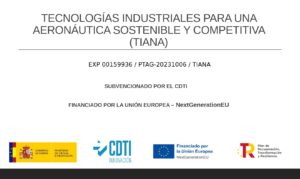Non-Destructive testing: the need to see inside
Non-Destructive Testing (NDT) is very widely used in different industrial sectors for the analysis of the interior structure and integrity of parts and components without causing them any type of damage. It was during the 1930’s that ultrasonics was first used in industrial applications, more specifically in the inspection of materials. This NDT was an alternative to radiography and allowed searches to be made for flaws and indications inside certain bodies or objects by generating mechanical sound waves that would pass through them from the outside, without implying any permanent alteration.
What is acoustic coupling?
From the very beginning of the use of ultrasounds as a tool for such analyses, there has been a need for a material that might serve as a medium for the transmission of these mechanical waves from the generator (normally known as the transducer or probe) to the material of interest, i.e., providing “acoustic coupling” between them.
These substances are commonly known as coupling media and may range from water to complex gels with highly specific characteristics of composition, viscosity, temperature resistance, etc.

Why is a coupling medium necessary?
In order to understand the need for coupling media in the transmission of sound, we must move away a little from NDT and into the realm of physics, introducing the concept of acoustic impedance, which determines the resistance to which sound is subjected on passing from one material to another.
This impedance is characteristic of each different material and depends on its density and the speed at which sound travels in it. By nature, the higher the density of a material, the better ultrasonic waves pass through it.
How do ultrasonic waves work?
In light of the above, ultrasonic waves always need a material medium through which to pass, and it will be easier for them to pass from one such material to another if the respective acoustic impedances of the two are similar. A large difference in the acoustic impedance of the materials will mean that most of the sonic energy will be reflected on passing from one to the other. Consequently, under ideal conditions more than 99% of this energy would be reflected in the air without being transmitted in the inspected material, and no result would be obtained.
In the case of water, on the other hand, less than 87% would be reflected, as a result of which the ultrasonic beam passing through the material would be sufficiently strong to be picked up by the receiving sensors, thereby allowing for the study of the path followed. This behaviour of ultrasounds is what explains the need to use a coupling medium.
In industry, where ultrasonic testing is very widespread, water is normally used as a coupling medium in automatic inspections by means of immersion tanks, with water jets used in the case of robot-operated systems. In the case of manual inspections, the use of different gels predominates, these being simpler to use because of their greater viscosity.
The coupling medium and its drawbacks
The use of coupling media poses a series of obvious drawbacks:
- Need for water circuits
- Superficial contamination
- Increased times
- Difficulty in processes
- Increased costs
On the one hand there is the need for the availability of water circuits in industrial environments, where the elements of automation (robots, mechanical elements, electronics, etc.) must be suitably protected. On the other, there is the need to moisten-dry or soil-clean the parts.
Furthermore, in the case of applications at chemical or nuclear installations there is the additional problem of superficial contamination entrained by the coupling media.
All the above ultimately leads to an increase in the time invested and the difficulty posed by the processes involved in an inspection and, therefore, to an increase in costs. There are also cases, for example in the aerospace sector, where coupling media may not be used directly on the parts to be tested, which implies the need to search for new solutions.
The solution: UT techniques that do not require coupling media
In this context, Tecnatom has developed solutions implying real alternatives allowing for the performance of ultrasonic tests without coupling media. These are technologies and products that explore alternatives such as EMAT, UT Laser UT, Air UT or the design of sheave probes.
The Laser UT or Air-coupled UT technologies are capable of inspecting large complex geometry parts without the problems associated with contact, accessibility for inspection or coupling.
Tecnatom has participated in a number of developments aimed at defining an innovative technique making it possible to obtain an image of the integrity of the part by means of techniques shaping the ultrasounds in its interior.
These technologies allow for the inspection of large and complex geometry parts without the problems associated with contact, accessibility for inspection or coupling.
Tecnatom has participated in a number of developments aimed at defining innovative techniques making it possible to obtain an image of the integrity of the part in welds, composite materials and pipe inspections, among others.
Furthermore, the development of Wheel probes has also meant an important step forward, since with a view to offering solutions for the aerospace sector, a design has been achieved that is 100% free from a coupling medium and leakage and that provides unparalleled ultrasonic performance.
“All these methods will be dealt with in detail in forthcoming publications”.







